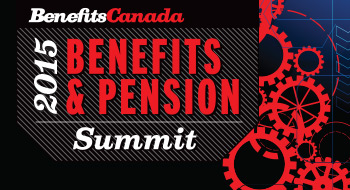
Exchange-traded funds (ETFs) are on the rise. Globally, ETFs have grown in number and in assets under management by about 25% per year for more than a decade now, said Scott Boniferro, product manager with Powershares Canada (Invesco), speaking this morning at Benefits Canada’s Pension & Benefits Summit.
According to one recent study, more than 64% of institutional managers plan to increase their weight to ETFs in their portfolios over the next 12 months.
In Canada, it’s a $75-billion industry, with more than 300 ETFs listed, he said, adding that this growth has been caused by three drivers.
- “The cost of ETFs is lower, particularly the passively managed ETFs.” ETFs have become commoditized, agreed Marlene K. Puffer, partner with Alignvest Investment Management. “They provide inexpensive, efficient exposure to the marketplace.”
- ETFs can also give investors access to investments that investors wouldn’t otherwise get exposure to.
- There has been a lot of innovation in the types of ETFs over the past decade.
But consider the following elements about ETFs before you take the plunge to invest: the benchmark, tracking error, passive/active strategy, fees, liquidity and counterparty risk, said Puffer.
There’s a misunderstanding about liquidity, she said. “The perception is ‘I don’t need daily liquidity,’ but it’s actually a bonus.”
And counterparty risk is important because a lot of the underlying funds in ETFs are derivatives, she added.
Puffer also cautioned that ETFs aren’t always the cheapest option. Other sources of cheap beta such as index pooled funds and futures might be less expensive in some markets. “You have to take a close look.”
All the articles from the event can be found in our special section: 2015 Benefits & Pension Summit Coverage.
Also read:
